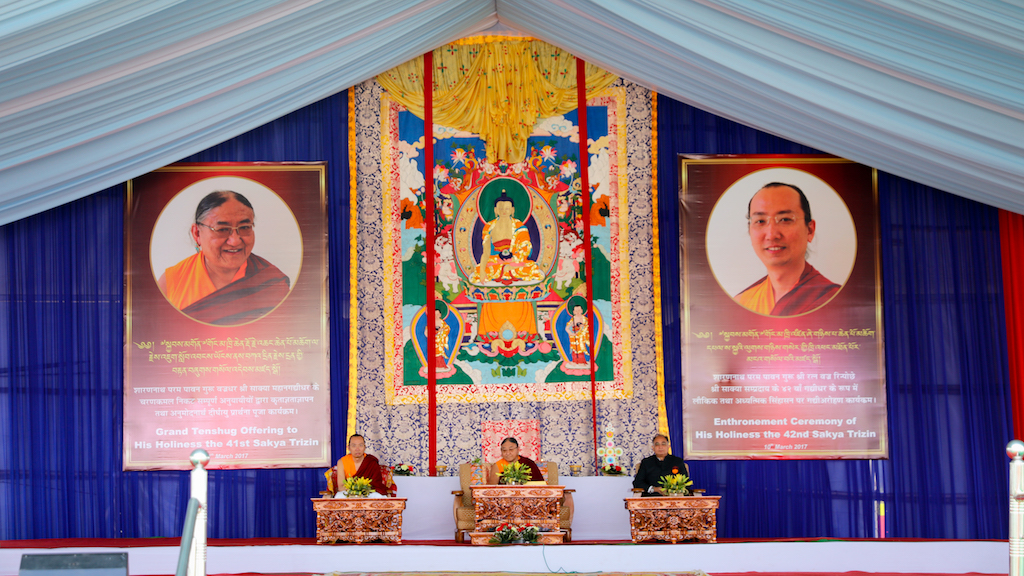Enthronement ceremony of Ratna Vajra Rinpoche on 9 March 2017
Ratna Vajra Rinpoche speaks quietly, slowly, and gently. His careful awareness of what he utters is apparent to all. He has many disciples in bustling Hong Kong and East Asia. They are drawn to him for his unadorned simplicity in communication, his almost otherworldly detachment from anything not to do with Dharma, and the warm glow in his eyes when he is discussing the Lam Dre teachings.
Ratna Vajra Rinpoche hails from one of the oldest noble clans of Himalayan Buddhism. The House of Khön has been a steady fixture in Vajrayana since the very beginnings of written history in Old Tibet. The narrative of these aristocrats identifies their presence early on in the court of Tibetan emperors, wielding considerable leverage and influence as respected courtiers. But it was in 1073, not too long after the end of the First Diffusion and the “dark age” of the Tibetan Empire’s collapse, that the Khön family began its most enduring role, when Khön Könchok Gyalpo founded Sakya Monastery. Its abbots would not only lay the foundational teachings of the Sakya school, but also govern large swathes of medieval Tibet in the 13th and 14th centuries (with Yuan Mongol help). Although their political fortunes waxed and waned, just like the Kagyu and Gelug schools, there has never been any question of their cardinal place among the schools of Tibet.
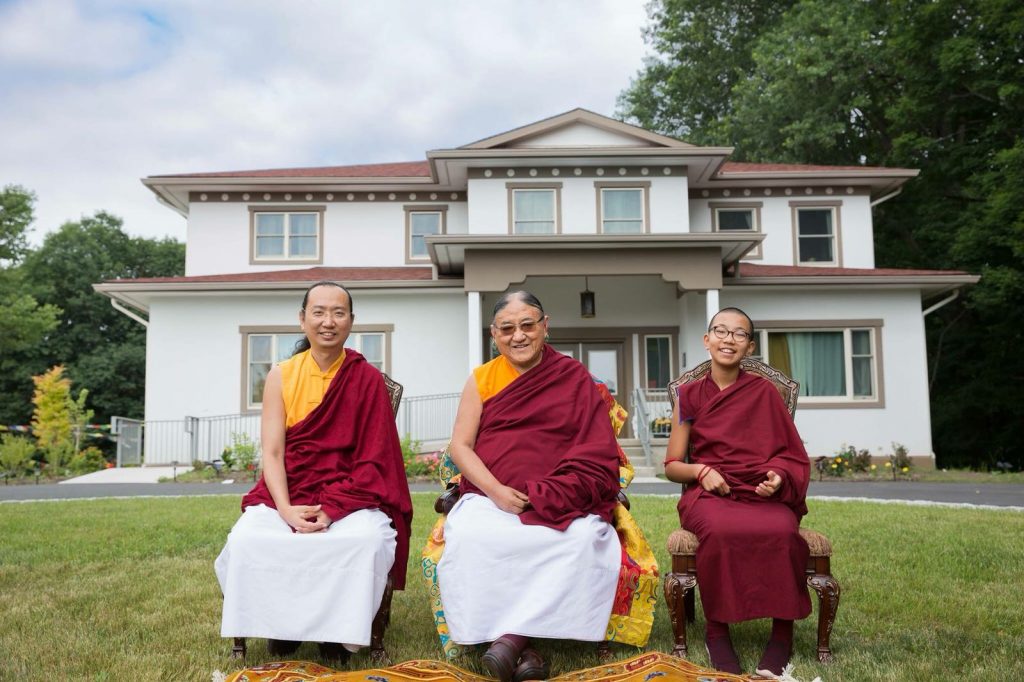
It is notable that, by some of my Sakya friends’ own admittance, that the school is not as prominent or well-versed in public relations as those of the Gelug, for obvious reasons, or the Karma Kagyu and jet-setting Nyingma teachers. Yet the relative “starkness” of the school’s public image, for most of them, is actually a testament to the sober and measured spirit of Sakya, of which Ratna Vajra Rinpoche is its most eminent expression.
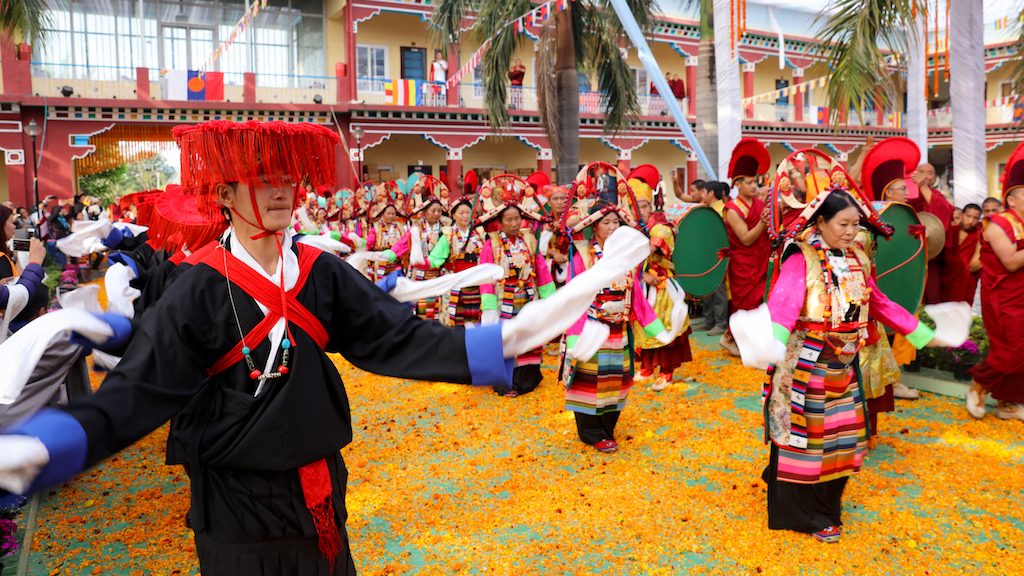
This lineage has led the institution of the Sakya since its emergence, but in 2017, Ratna Vajra Rinpoche was, with the help of Sakya Trichen Rinpoche, able to implement a momentous change to the governing structure of the school. As my colleague Anne Wisman reported:
“Traditionally, the office of Sakya Trizin or ‘Sakya Throne-holder’ is held for life. Succession usually occurs after the death of the previous Sakya Trizin, and candidates for succession are drawn from the Khön family line. In 2014, however, a new system, proposed by the former Sakya Trizin [Sakya Trichen Rinpoche] . . . was adopted. . . . Candidates for the position continue to be drawn from Khön family descendants, and future office holders are already in training.”
From 2017 onwards, the tenure of the Sakya Trizin lasts only three years, although a retired Sakya Trizin can take office more than once in their lifetime.
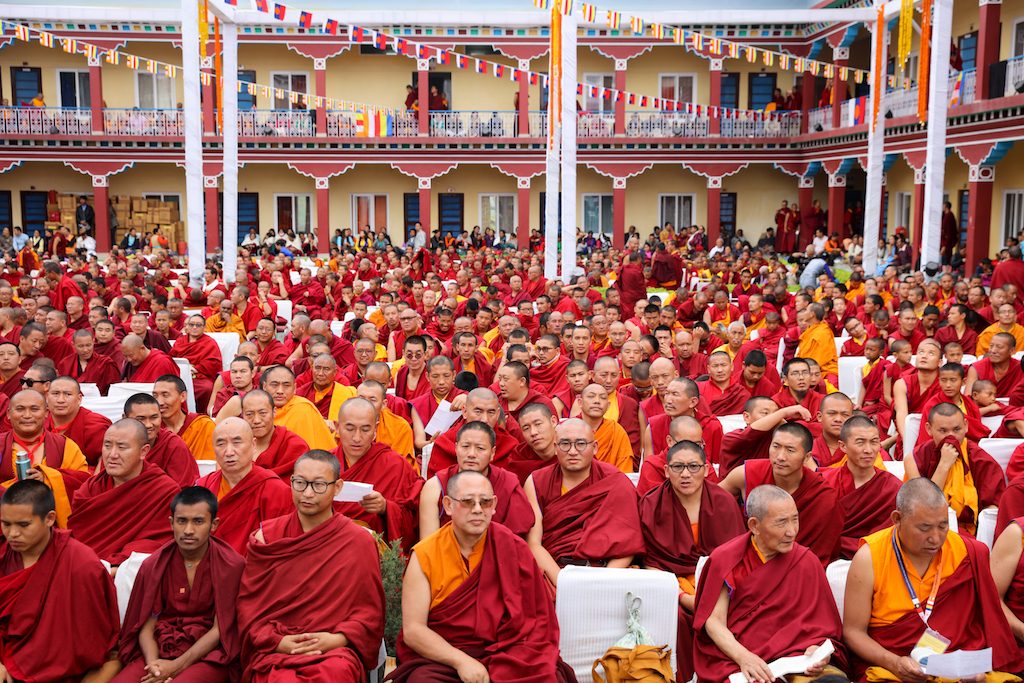
Throughout his life, Ratna Vajra Rinpoche has remained above concerns of status, friends in high places, and social prestige. It has been his blessing, as the scion of the House of Khön, to sit at the apex of one of Vajrayana Buddhism’s core schools and concentrate on disseminating Dharma. Some of the questions I have asked him over the years were probably too worldly, given my interest in applied Buddhism in society. After all, rigorous and sincere practice in Lam Dre should take the practitioner through the Triple Vision, culminating in the Pure Vision, which Kyabgon Gongma Trichen Rinpoche calls “the simultaneously born primordial wisdom.” Once this is attained, there is a non-dual awareness that will inform everything the practitioner does in the everyday world.
“After the vision of experience, when obscurations have been gradually eliminated, and inner wisdom improves, the pure vision is attained. The Buddhas or Tathagatas abandon every possible fault or obscuration and then, through their great realizations, achieve the pure vision. Just as a man who has awakened from sleep cannot experience his dreams, similarly, beings who are completely awakened from illusion cannot see the impure vision. They see the same vision that we have now, in complete pure vision, everything in form and primordial wisdom and everything in pure vision.” (szakja.hu)
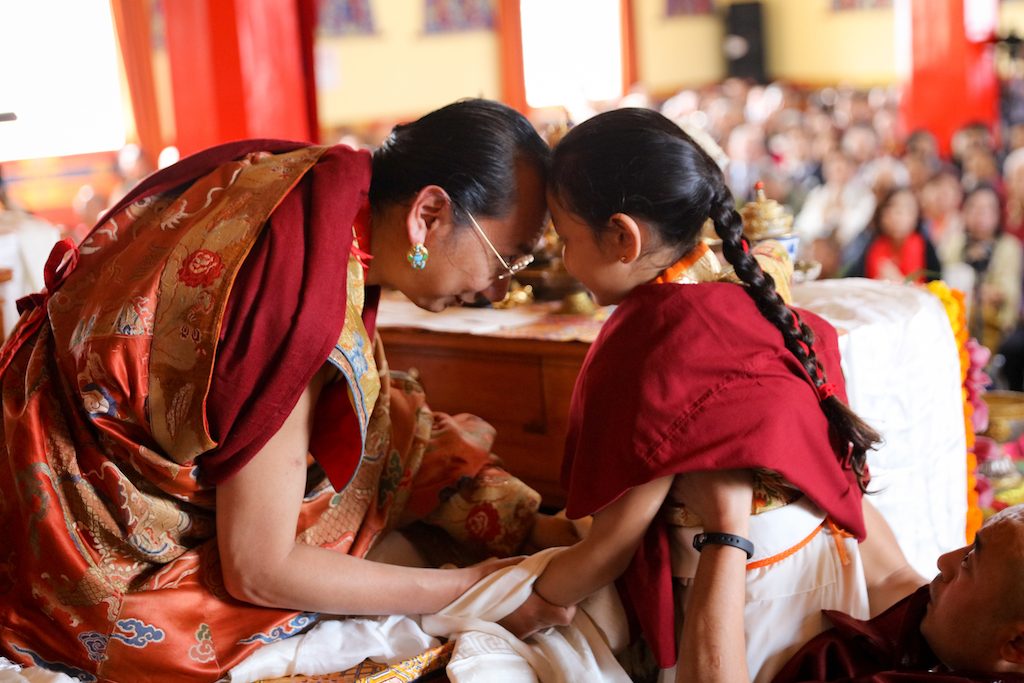
I am sure Ratna Vajra Rinpoche—or, as he is now formally called, HH Sakya Trichen Rinpoche—has even more duties to fulfill now that he is well into his three-year tenure. However, next time he returns to Hong Kong, a city that surely needs his counsel, I doubt I will see much personal change in the holy master: ever so kind, a veritable encyclopedia of Sakya wisdom, and a singular focus on transforming the lives of his students around the world through his lineage’s message.
See more
A Brief Overview of the Lam Dre (szakja.hu)
Related news from Buddhistdoor Global
Enthronement of the 42nd Sakya Trizin, His Holiness Ratna Vajra Rinpoche

